|
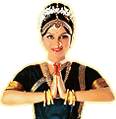 |
|
Welcome |
|
Rajasthan
Tours |
|
|
|
|
|
|
|
|
|
|
|
|
|
|
|
|
|
|
|
|
|
|
|
|
|
|
|
|
|
|
|
|
|
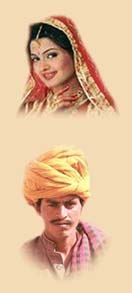 |
|
|
|
|
|
|
|
|
|
|
|
|
|
|
Introduction of Tonk |
|
Recognized
with different names viz., Nawabo ki Nagari, Rajasthan ka Lucknow,
Adab ka Gulshan, Hindu Muslim Ekta ka Maskan and Meethae Kharbujo ka
Chaman, all these recognitions are enough to define the versatile
feature of the district Tonk. Located in the north-eastern part of the
state at geographical location of 75’190 to 76’160 East longitude and
25’410 to 26’240 North Latitude. The total area of district is 7194 sq
kms. The district is bordered by the district of Jaipur in north,
Bundi and Bhilwara in south, Ajmer in west, and Sawai Madhopur
district in West.
Some
historic records also reveal that under the auspice of Mughal ruler
Akbar, the king of Jaipur Maharja Man Singh I captured the areas of
Tari and Tokra janpad. During 1643 twelve villages of Tokra janpad
were donated to Bhola Brahmin, who later gave these villages the name
of Tonk. |
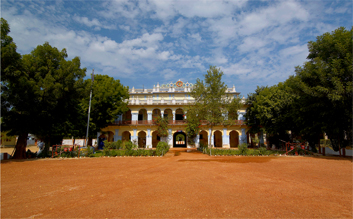
Eid Gah Kothi |
|
|
|
History of Tonk |
|
Nawabi
Nagari 'Tonk' is famous not only in Rajasthan but also all over India
for its historical legends. It is situated on National Highway No. 12
at distance of 100 kms from Jaipur. It is located in North- Eastern
part of the state between 75.19' & 76.16 East longitude and 25.41' and
26.24' North Latitude. The total area of the District is 7194 sq kms.
As per the history, Jaipur's King Man Singh conquered Tari & Tokra
Janpad in the regime of Akbar. In 1643 twelve village of Tokra janpad
given to Bhola Brahmin. Later Bhola gave a name to these twelve
villages as 'Tonk'. It is enclosed by 5 districts i.e. in north
Jaipur, in South Bundi & Bhilwara, in East Ajmer and in West Sawaimadhopur districts. Average rain fall is 62 mm. Agriculture and
animal husbandry are the main occupation of the people.
The history of Tonk dates back to ancient period of
Mahabharat when it was known as Samwad Lakshya. During the throne of
Maurayas it was merged in the states of Malvas and the huge portion of
the state was under the control of Maurya ruler Harshwardhan.
However, Chinese tourist deals its history related to Bairath culture
and civilization which was under the control of Bairath state. When
Rajputs dominated the state was under the control of different clans
of Rajput rulers namely Chavras, Solankis, Kachvahs, Sisodiyas and
Chouhans. Later, it came under the control of King Holkar and Sindhia.
When the state was under the control of Nawab’s , once on the occasion
of Miladdunabi all the citizens of the state were invited to attain
the function which continued for seven days during the month of Rabiul
Awwal, without any discrimination of caste, creed or colour.
During the regime of Nawabs all the native were invited in a islamic
function of Miladdunabi without caste,color and greed, which was
organised by the ruling Nawabs for the period of seven days in the
month of Rabiul Awwal,collectively with all zeal in Tonk.It is further
important to mention here that the first founder ruler of Tonk was
Nawab Mohammed Amir Khan.
It is known as Samwad Lakshya in Mahabharat period. In the regime of
Mouryas, it is under mouryas then it was merged in to Malvas. Most of
the part was under Harsh Vardhan. As per Hevan Sang, tourist of China,
it was under Bairath State. In the regime of Rajputs, the parts of
this state are under Chavras, Solankis, Kachvahs, Sisodiyas and
Chouhans. Later, it was under the regime of King Holkar and Sindhia.
The history of Tonk would be incomplete without describing the name of
its founder ruler Nawab Mohammed Amir Khan. Amir Khan captured the
throne of Tonk from the Blawant Rao Holkar in 1806. However during the
ruler of British government in India the state was under the control
of British rule. Later during 1817 a treaty was signed between Amir
Khan and British administrator’s and the state was handed again to
Amir Khan. |
|
|
|
Tourist Attraction in Tonk |
|
Rasiya
Ke Tekri
Appointed by raja holkar, as a governor of this place Shri Ambaji
Maharaj, a schooler ,known for composing love songs , renovated Rasia
Ki Tekri in 1859. As per the local history, one Kayasth lover used to
sit here and always sing love songs. On account of this romance (rasiya),
this monument is called by the name of ‘Rasiya Ke Tekri’.
Bisalpur
It is located about 70 kms from District HQ. and 13 kms from Deoli
tehsil head quarter. One can visit the beautiful Dam and historical
Lord Gokarneswar temple. As per the local history, Ravan has made
‘tapasya' here. Dam was constructed between two mountains on Banas
river. Here, river banas splits the Aravali mountains. Its catchment
area is 27,725 Sq. Kms. The project is to be completed in two phases.
In first phase, it will provide drinking water and in second phase
irrigation facilities through the canals. The total lenghth of the Dam
will be 574 meters and the height is 39.50 meters.
Hathi Bhata
It is about 22 kms from district Hq. 5 kms far from this place, one
can find a monument of Elephant. Single stone was carved in to the
shape of an elephant. It was made by Ram Nath Slat during the regime
of Sawai Ram Singh in 1200 AD. This evidence is written on the right
ear of that Elephant. Even today you can read this script.
Historical Ghanta Ghar
This was constructed by Mohd. Sadat Ali Khan, Nawab of Tonk in 1937.
As per the local history, in 1936, public suffered from the disease
Haiza. Nawab Sadat Ali Khan, 5th Nawab of Tonk distributed medicines
house to house personally. Public appreciated this and presented money
to him. He constructed this monument with the amount.
Jama Masjid
This monument is was one of the biggest masjid's and the most
beautiful monuments in India. This was started by First Nawab of Tonk,
Nawab Amir Khan in 1246 A.D and was completed from 1297 A.D. to 1298
A.D. by his first son Nawab Wzirudhoula . 4 Minars of this monument
can be seen from a long distance. Four big doors are constructed in
the Moughal style. The main part of the monument resembles Delhi &
Agra Mughal style monuments. One can find the Golden paintings &
Meenakari on the walls.
Rajamahal
The 'Sangam' of three rivers Banas, Khari & Dai attracts the tourists.
This Mahal is located at bank of banas river. There is good heritage
hotel that provides accomodation to the tourists. One can enjoy the
boating in ‘Dah of Salam Singh'. Many national and international
tourists who visited this place praised the beauty of this place. It
is just 10 kms from Bisalpur.One can see the Raj Mahal constructed on
a big mountain at Kakor. This Mahal attarcts the tourists. In olden
days, this village is known by Kanakpura.
Shivaji Garden
It is situated in Bhagat Singh Colony, Newai Town about 30 Kms from
Tonk. It is located on the National Highway, 70 kms far from Jaipur. Its map is designed like Maisoor Gardens & Hiran Magari Park.
Musical fountains are arranged in this garden. A Swimming Pool is here
for childrens.
|
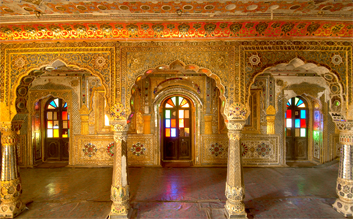 |
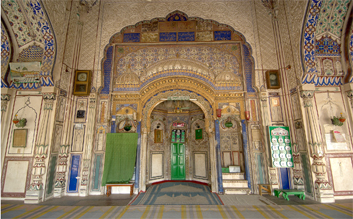 |
|
Sunahari Kothi |
Jama Masjid |
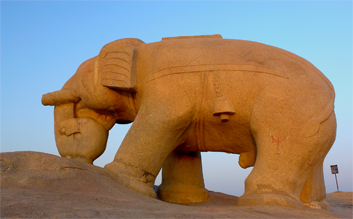 |
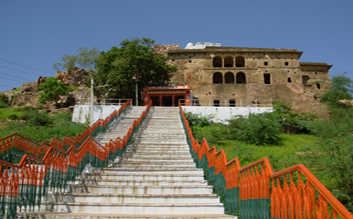 |
|
Hathi Bhata |
Anpurna Ganesh
Ji |
 |
 |
|
Bisalpur |
Bisalpur |
|
|
|
|
How to Reach Tonk |
|
By Air
Jaipur’s Sanganer Airport is just south of the city.
By Rail
Jaipur Station is well connected to Delhi by Ajmer Shatabdi and Delhi-Jaipur
Express, to Mumbai by the Bombay Central-Jaipur and Aravalli
expresses, and to Kolkata by the Howrah-Jaipur Express.
By Road
NH8 links Jaipur to Delhi via Shahpura and Dharuhera, and to Mumbai
via Ajmer, Udaipur, Ahmedabad, Baroda, Bharuch, Pardi, Talasari and
Manor. |
|
|
|
You will visit
“Tonk”
during the below Tours of Rajasthan |
|
 31 Days Rajasthan Tour
(Including Tonk)
31 Days Rajasthan Tour
(Including Tonk)

31 Days / 30 Nights
Delhi - Alwar - Deeg - Bharatpur - Fatehpur Sikri - Agra - Dholpur -
Ranthambore - Tonk - Bundi
- Jhalawar - Kota - Bijolia - Chittorgarh - Dungarpur - Banswara -
Udaipur - Rajsamand -
Nathdwara - Kumbhalgarh - Ranakpur - Mount Abu - Rohetgarh - Jodhpur -
Jaisalmer - Bikaner -
Nagaur - Mandawa - Sikar - Jhunjhunu -Jaipur - Delhi |
|
|
|
|
|
|
|
|
|